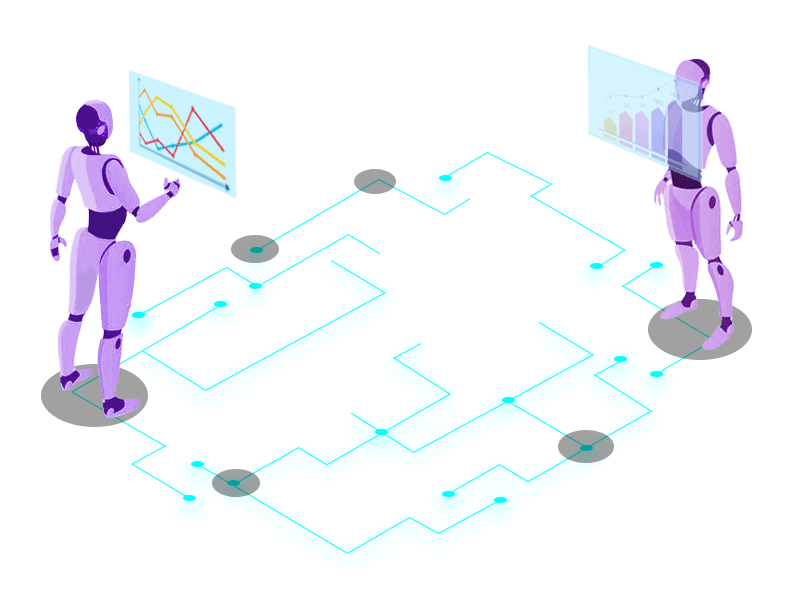CASE STUDIES IN FINANCE SECTOR
Painstaking financial spreading was taking too long
In the fast-paced world of finance, your customers expect you to show them the money. Or they’ll show you the door. No one knows this better than our client, a finance firm with a large no of customers across multiple countries.
With more and more customers clamoring for their services, they were looking for a better way to scale. Our client needed to quickly extract, interpret, normalize, and spread financials from different customers in different formats and languages,
while keeping up with changing demands of local regulations. Their tools and manual efforts couldn’t keep up with the complexity of their global operations.
It was taking too many tedious copy-and-pastes and error-prone data entry to get numbers where they needed to be. Employee churn created the additional headaches of onboarding, training, and retraining the team, making it hard to keep everyone
following credit policy to meet on-time credit decisions and compliance requirements.
Implementing HyperAutomation in Finance
Forward-thinking industry leaders look to robotic process automation when they want to cut operational costs and boost productivity.
Intelligent character recognition makes it possible to automate a variety of mundane, time-consuming tasks that used to take thousands of work hours and inflate payrolls. Artificial intelligence-enabled software verifies data and generates
reports according to the given parameters, reviews documents, and extracts information from forms (applications, agreements, etc.).
Employing robotic process automation for high-frequency repetitive tasks eliminates the room for human error and allows a financial institution to refocus workforce efforts on processes that require human involvement. Ernst & Young
has reported a 50%-70% cost reduction for these kinds of tasks, and Forbes calls it a “Gateway Drug to Digital Transformation”.
Challenges
Finance Industry is originated and operated by trade, security and holding data files even received via mails.
It is directed and manually processed by multiple support teams such as the team for checking Data Quality Monitoring and a team for checking finance and accounts.
These tasks have to be daily completed before market industry opens at 9am.
It is also necessary to the stock market value data and financial market data of the organization.
Manual interaction of multiple data sources is required (FX rates, futures, securities, holdings).
High quality data required in order to follow rules with regulations of organization.
Finance industry contain piled up documents with complex data files which have high human error rate.
Dependent on skilled employee for daily completion advances high risk profile.
Processes needs to interact with multiple applications such as CRM, Bloomberg, Terminal, legacy systems, web portals, email and excel.
Solutions
The Robot can log in as employee user to the online portal and also employee server.
Robots can check for the requests and data files present and can extract the data as per type of request.
Robot then logs into the required applications as a named employee user and completes the transaction as per the process request. These include communications with secured and unsecured portals as well as interactions with real-time financial
market-data systems such as Bloomberg terminal.
Once the process has been completed successfully, the Robot then emails the agents, fund manager, business unit with the appropriate update to the enquiry.
The Robot creates a log file of processed transactions and emails it to the nominated business unit.
If a transaction fails for any reason the Robots notifies the business unit and transfers the enquiry back to the unit to complete (i.e. files data not present).
If the transaction fails to complete due to an application not being available the Robot will re-try and notify the business unit/service desk of interruption.
Benefits
Quality improves and 0% error rate is achieved.
Degree of successful operation: 100% of effort is automated.
Improvement of Service levels: as now time differs from-45min to 7 min.
Reduction in all risk profiles and errors.
Reduction in operational costs due to FTE.
Improved scalability (On-boarding Robots 15 min vs Human 6+ weeks)
Reduction of over-reliance in skilled FTE and loss of money on FTE.
Improved staff retention – reduced of human resources on high volume but having low value work to focus on complex value work.



